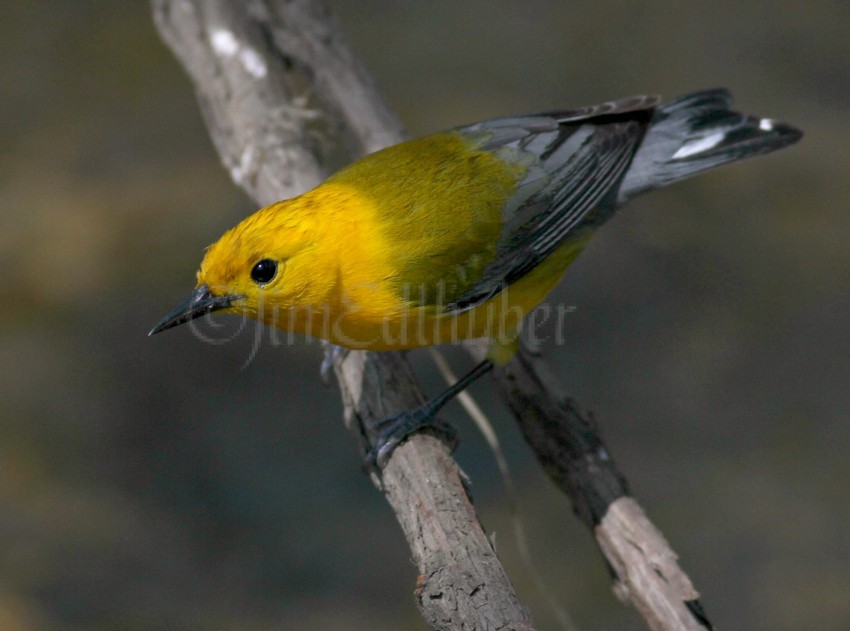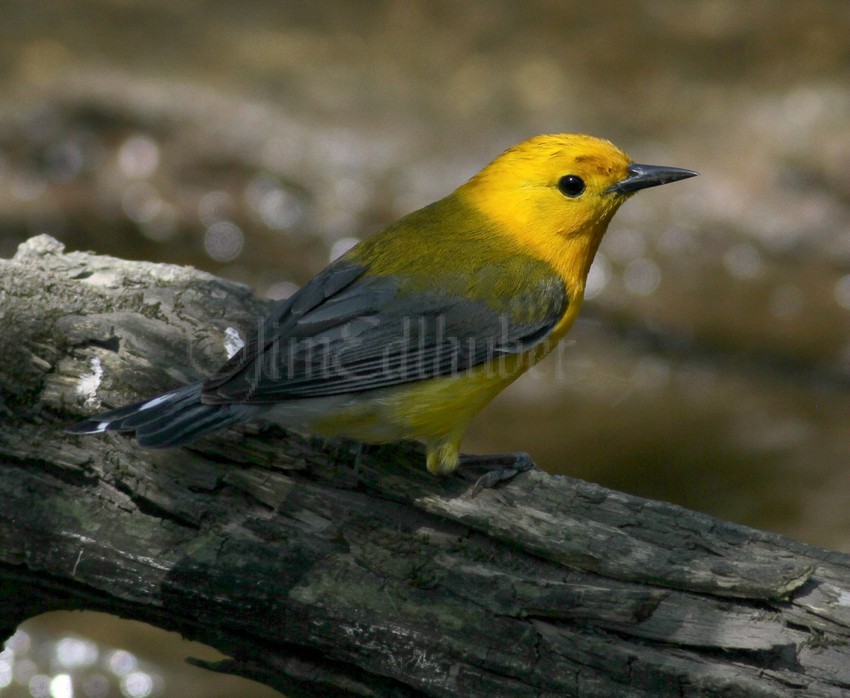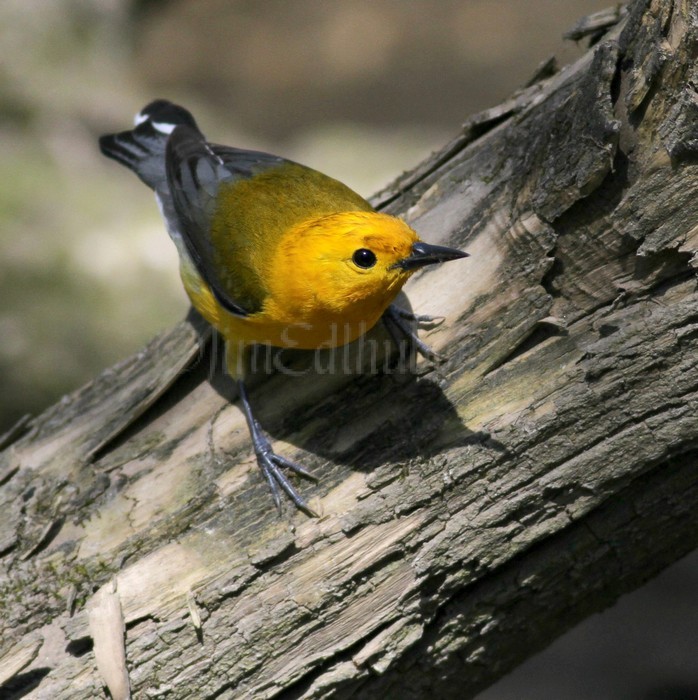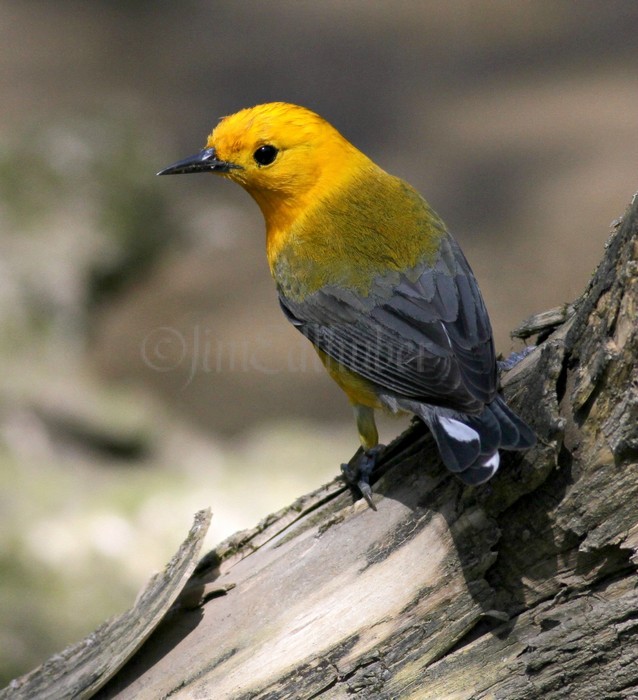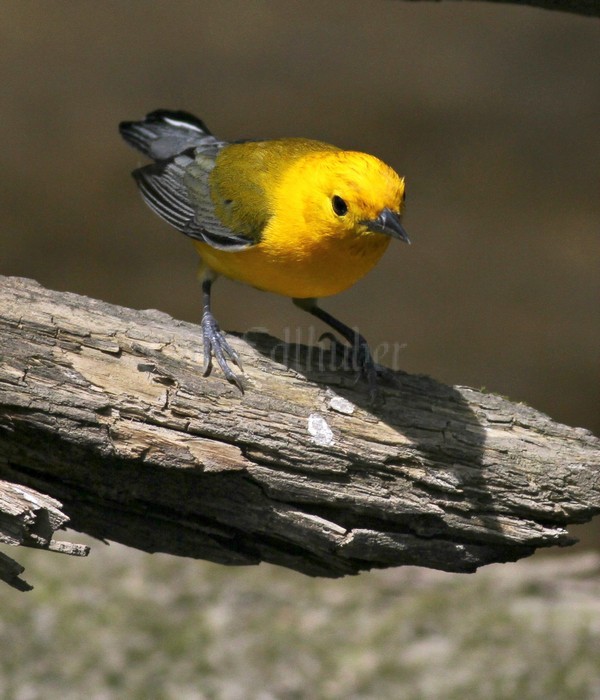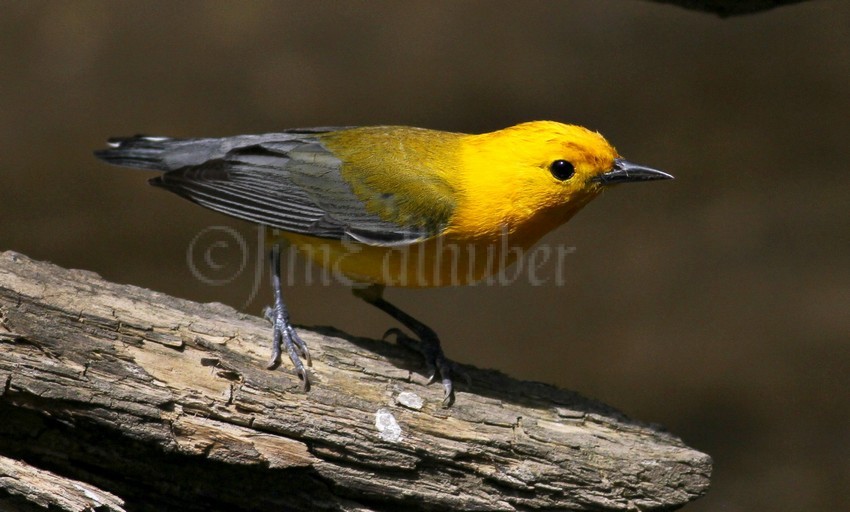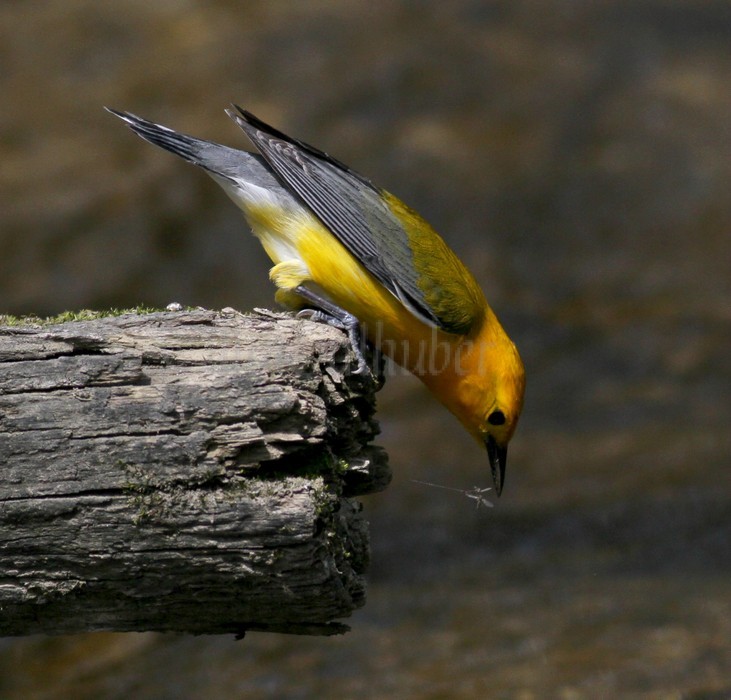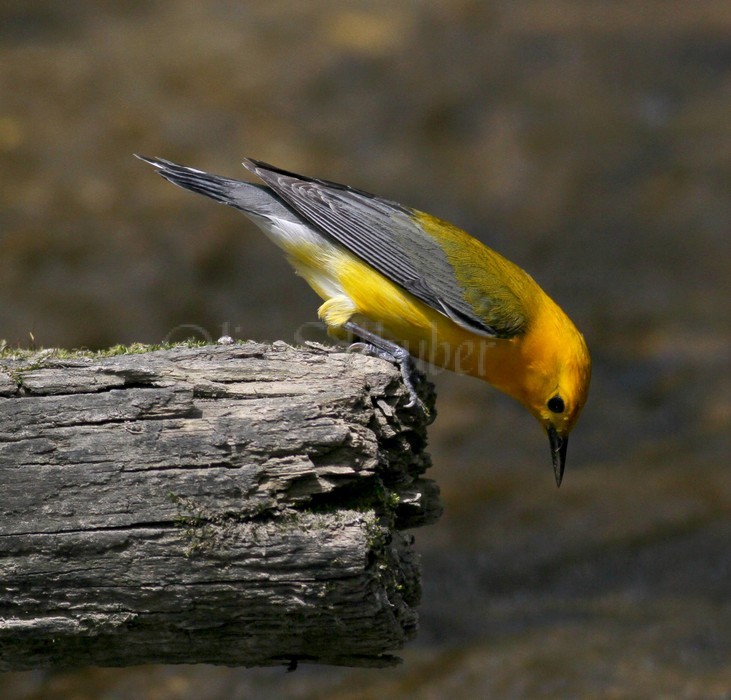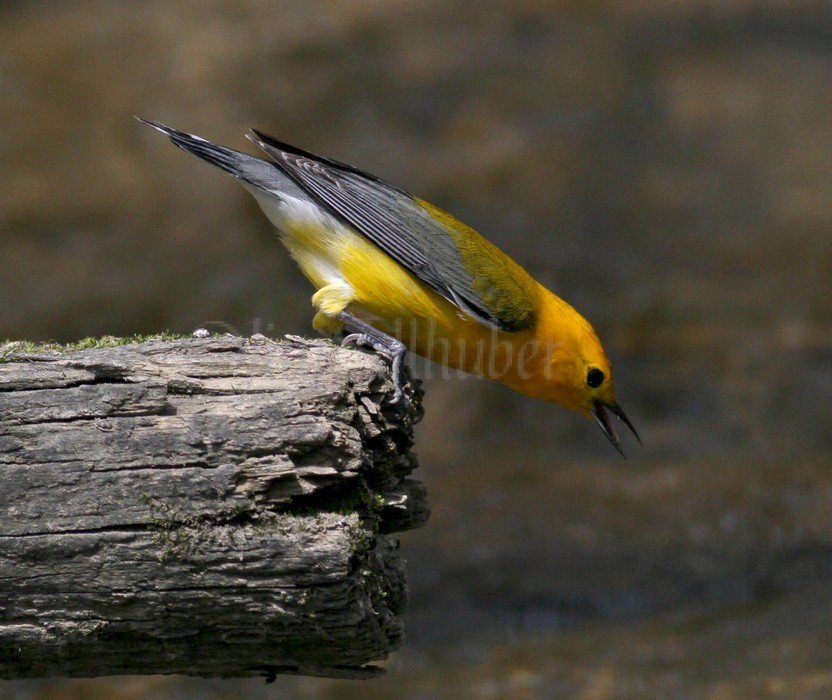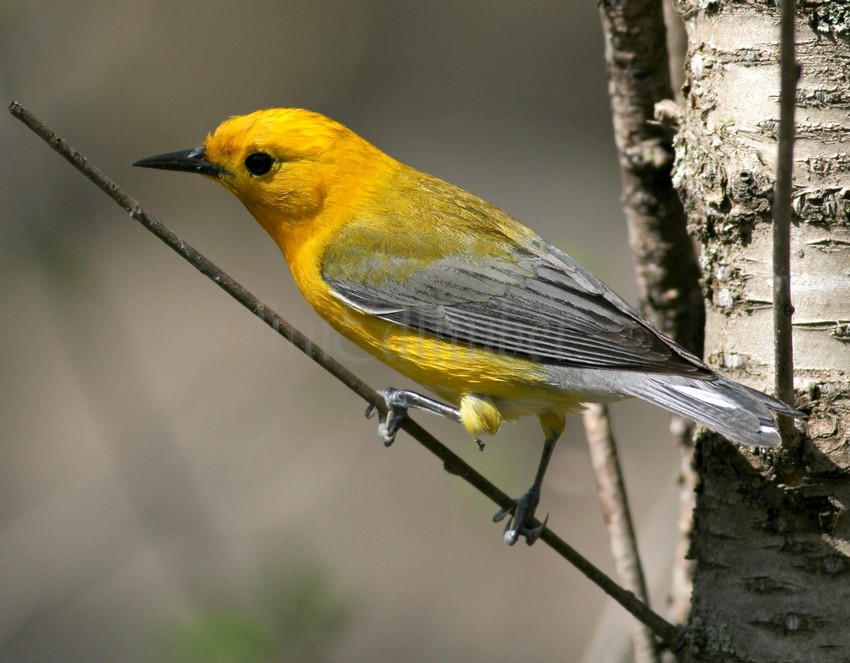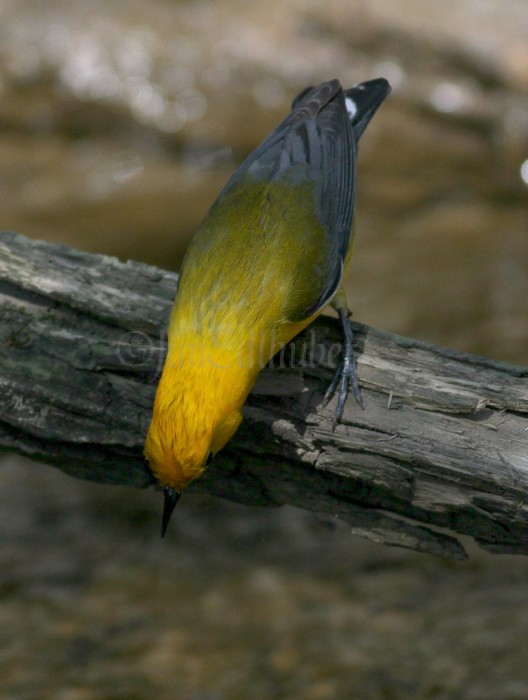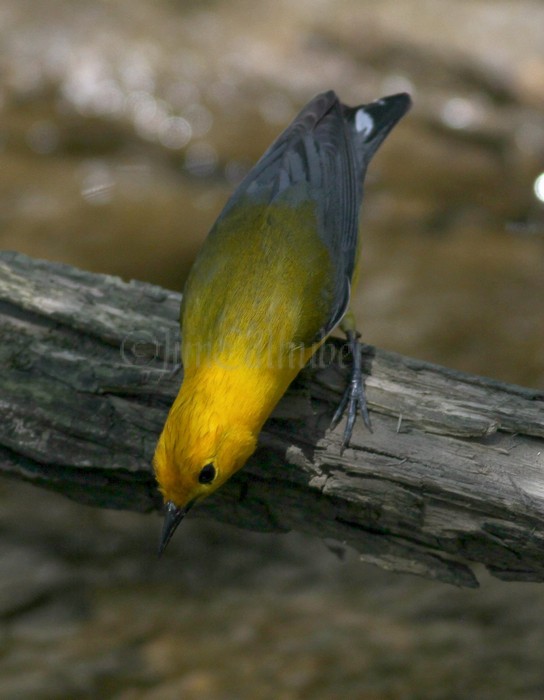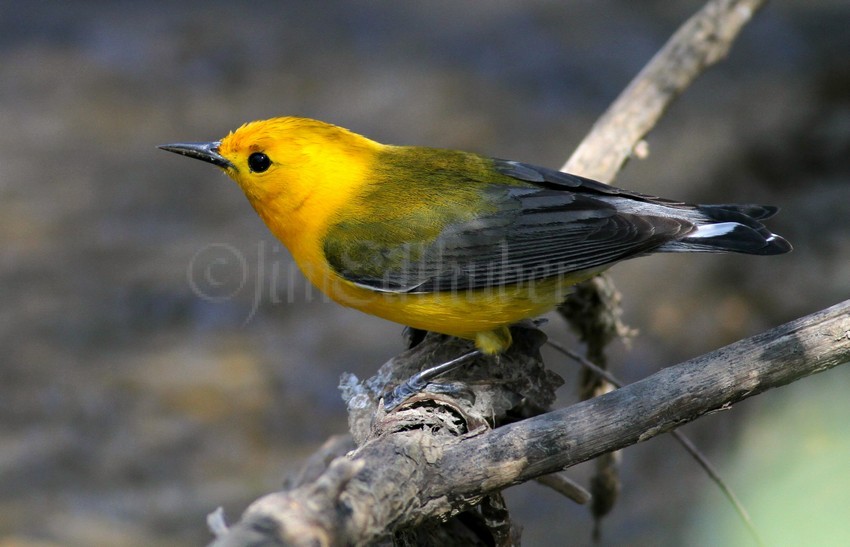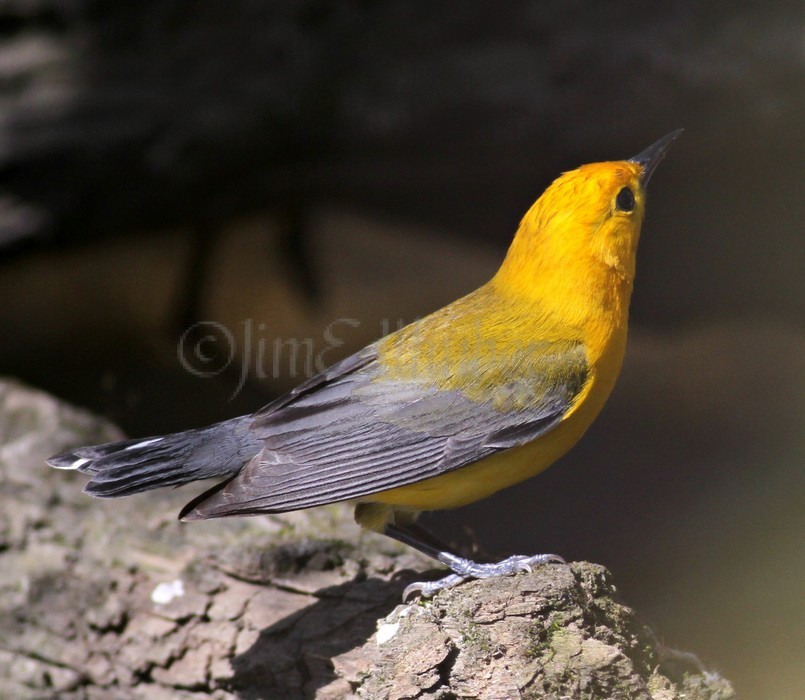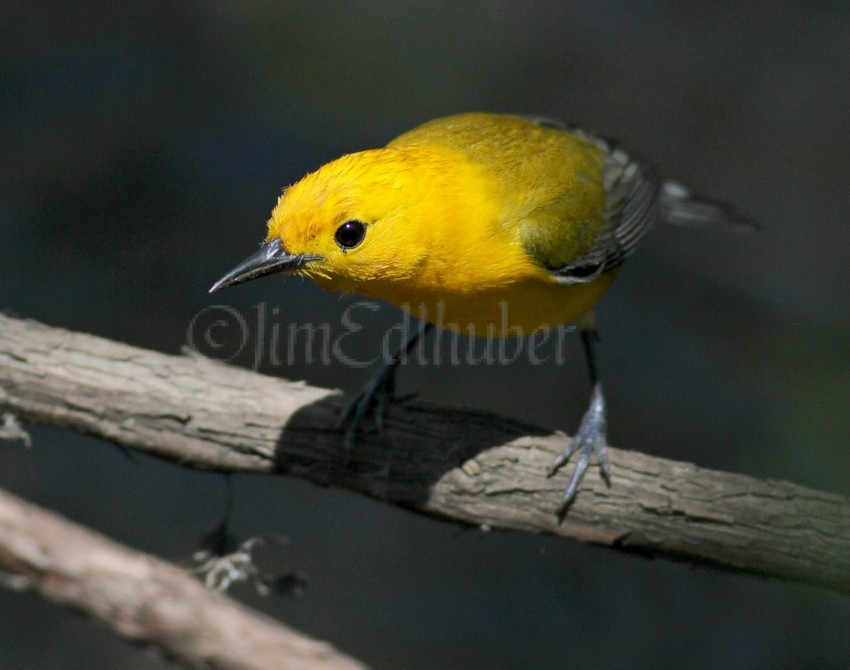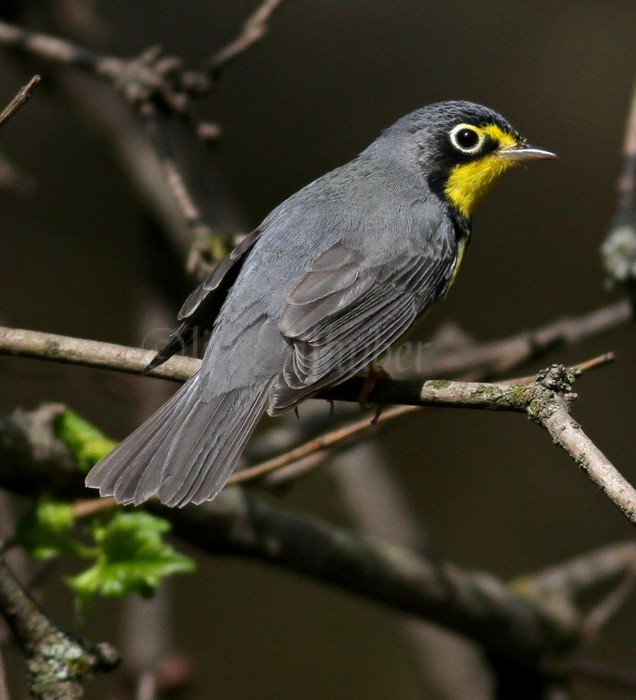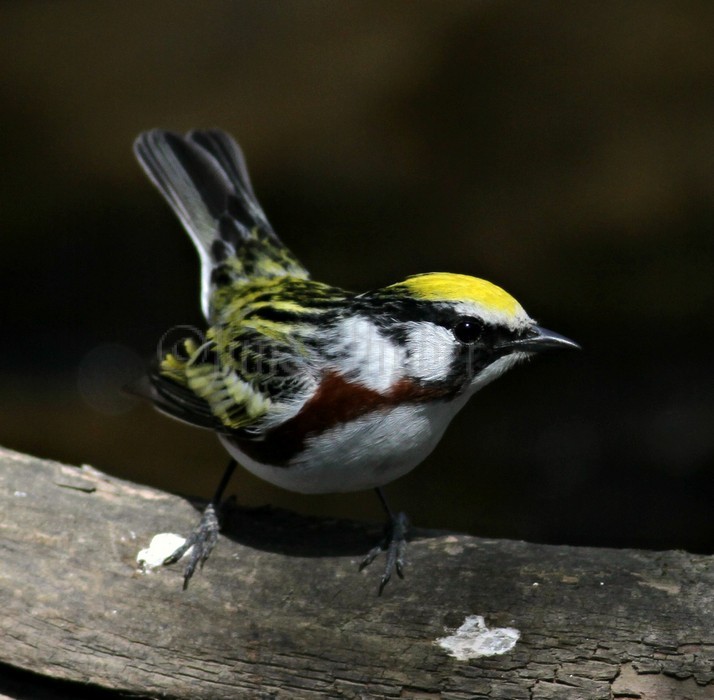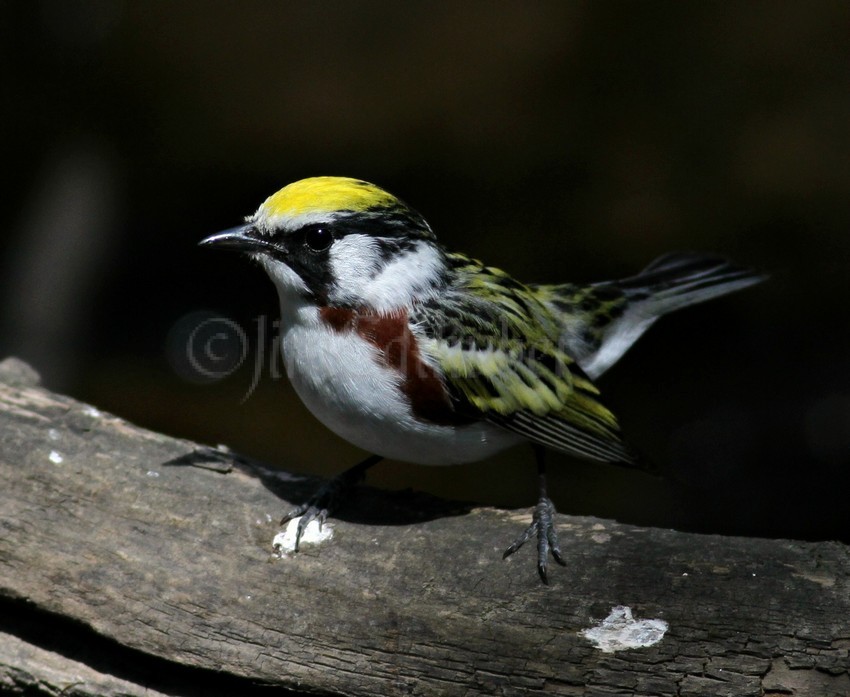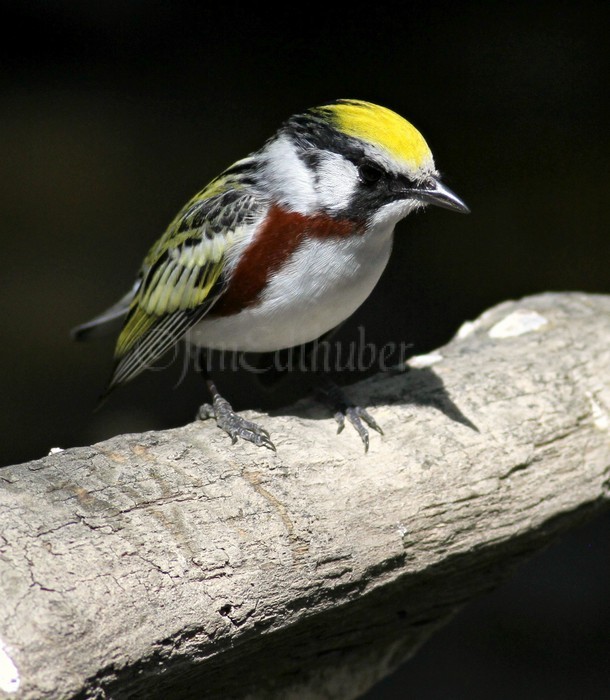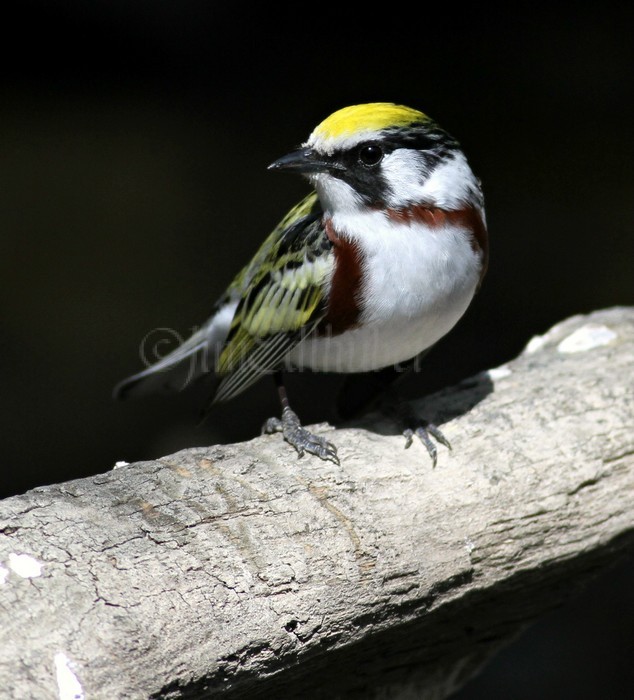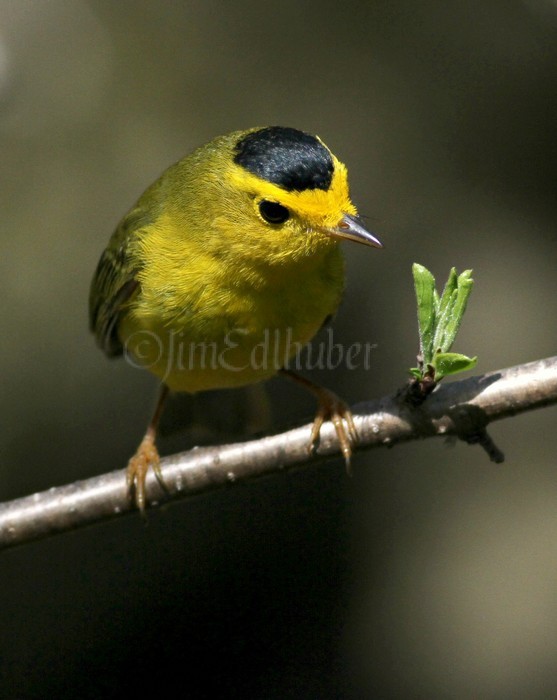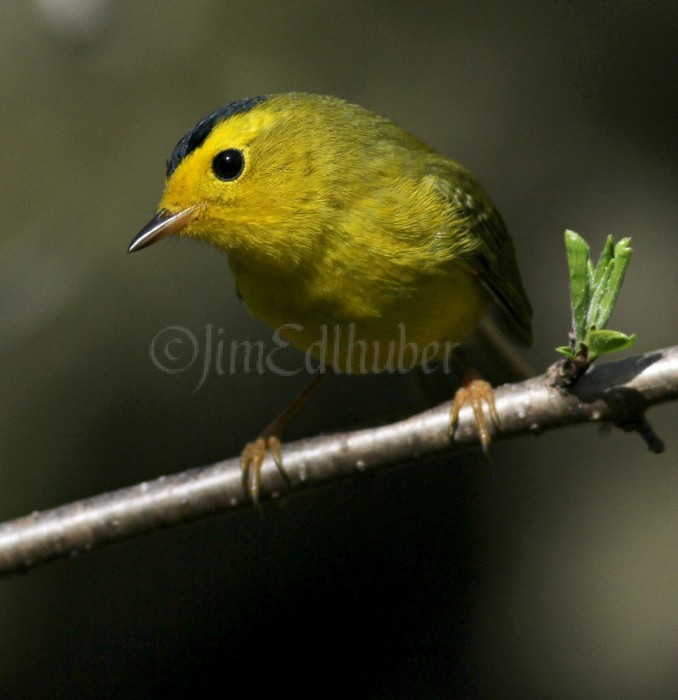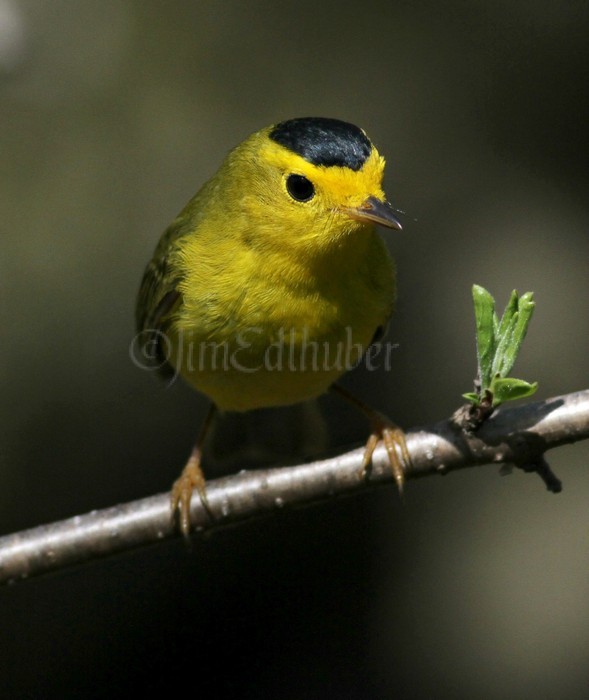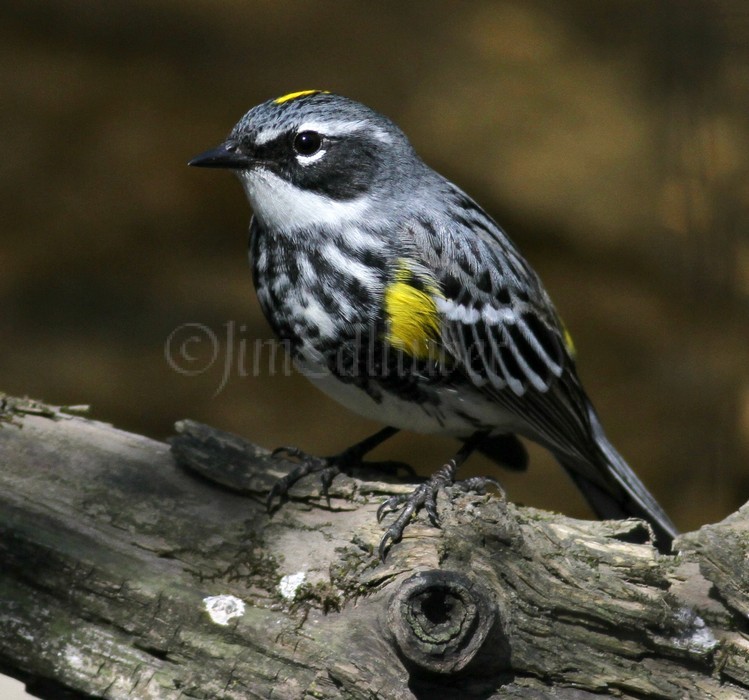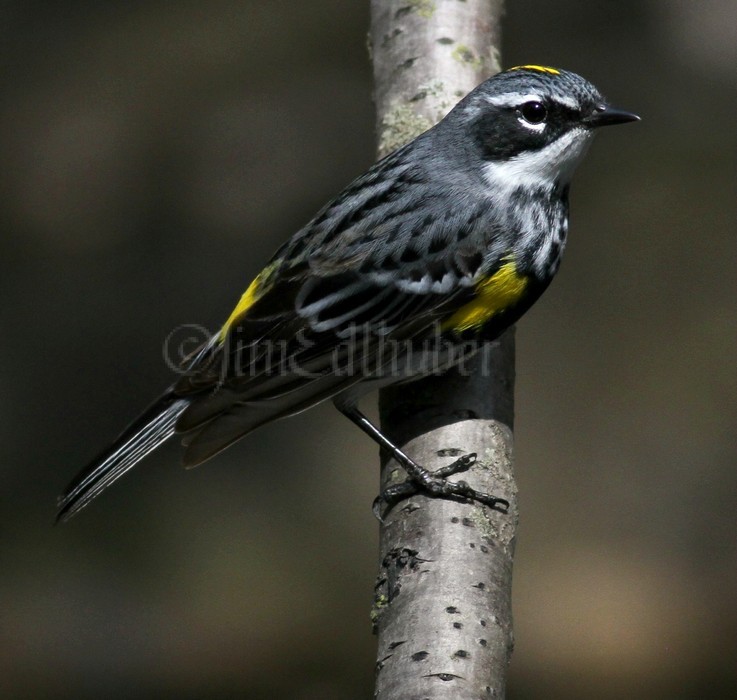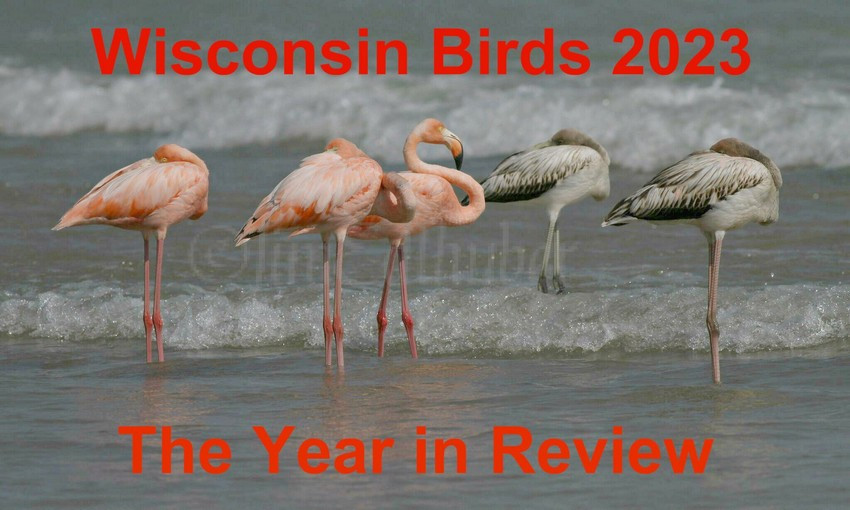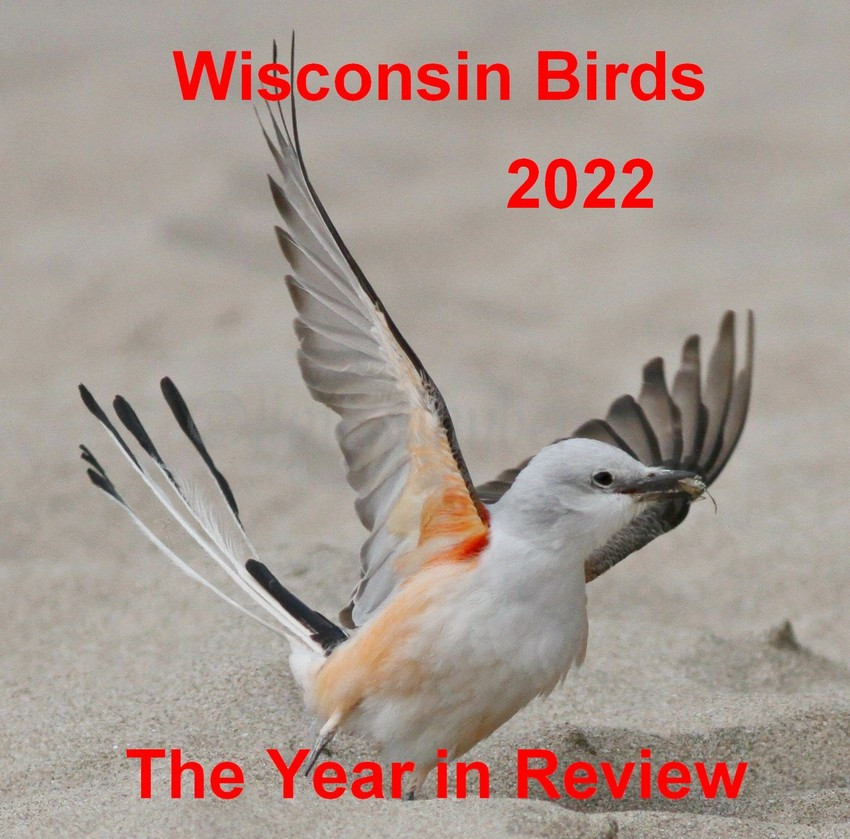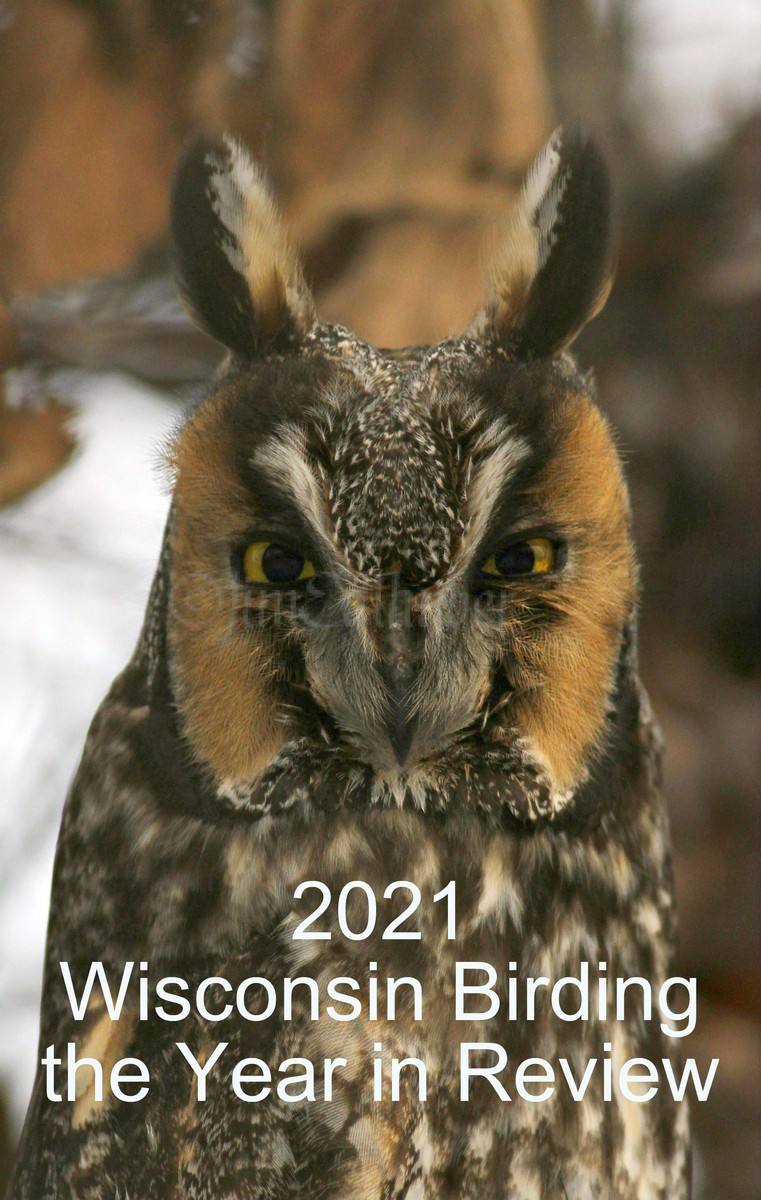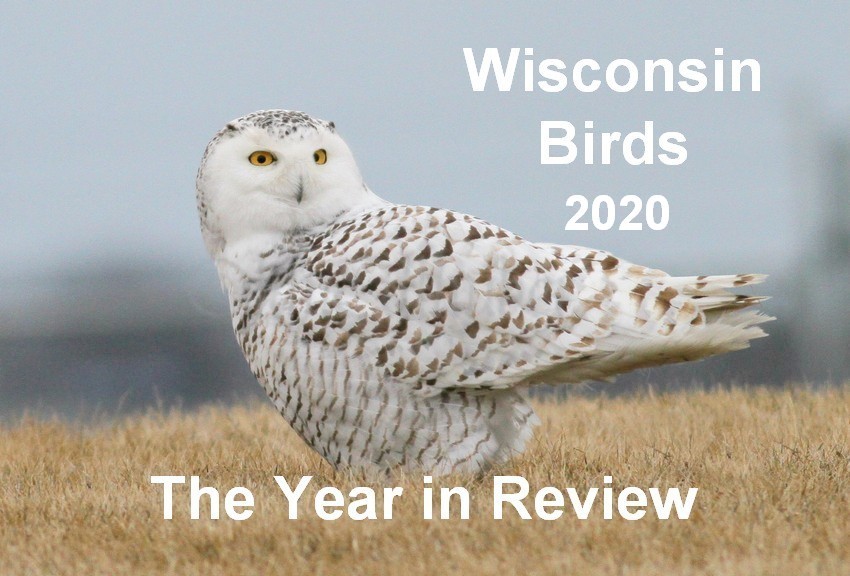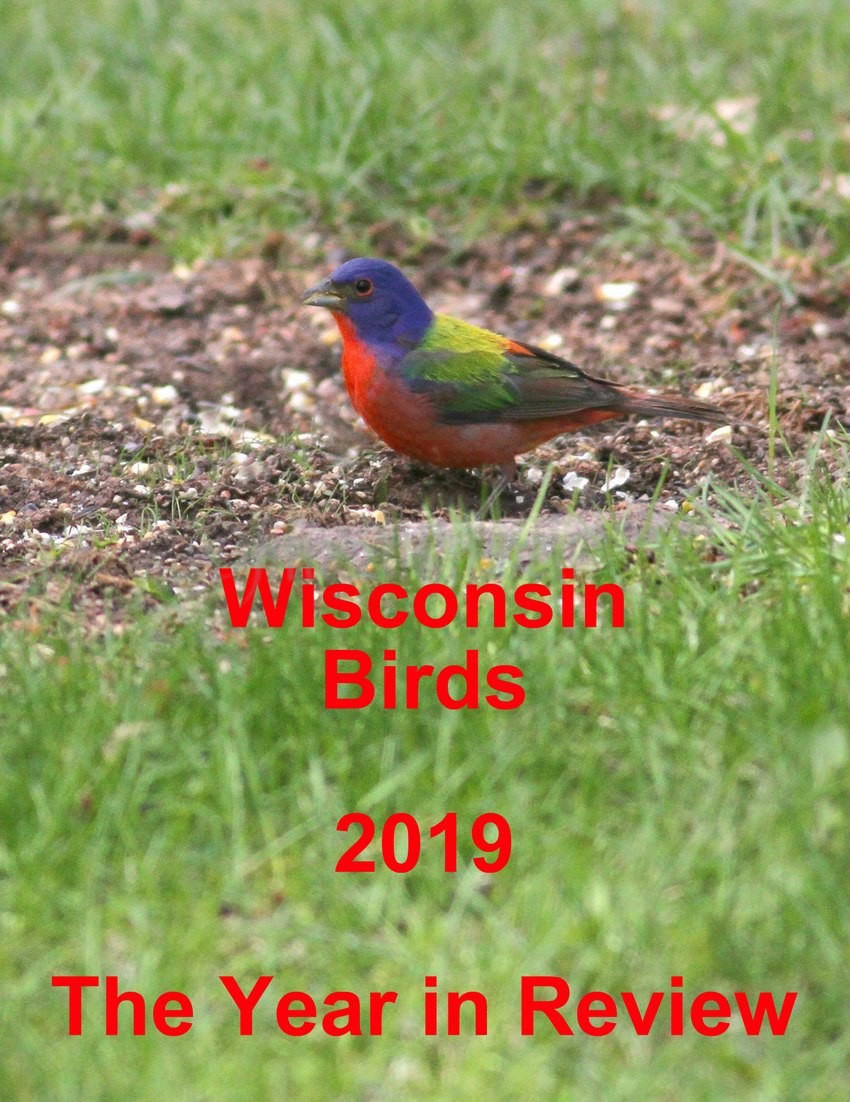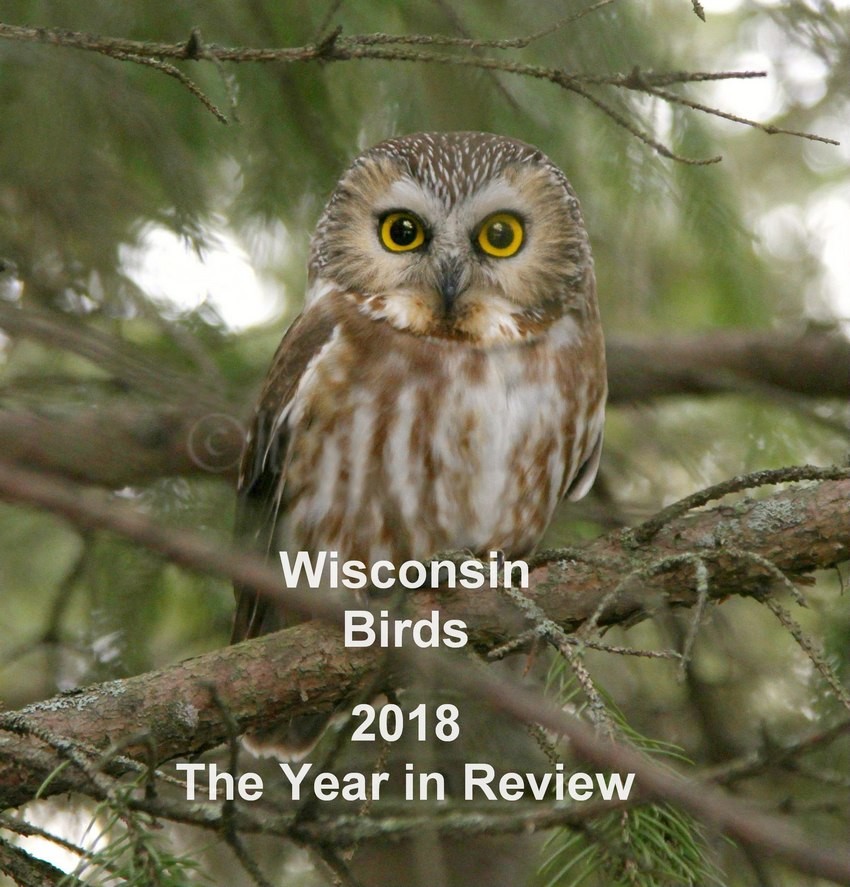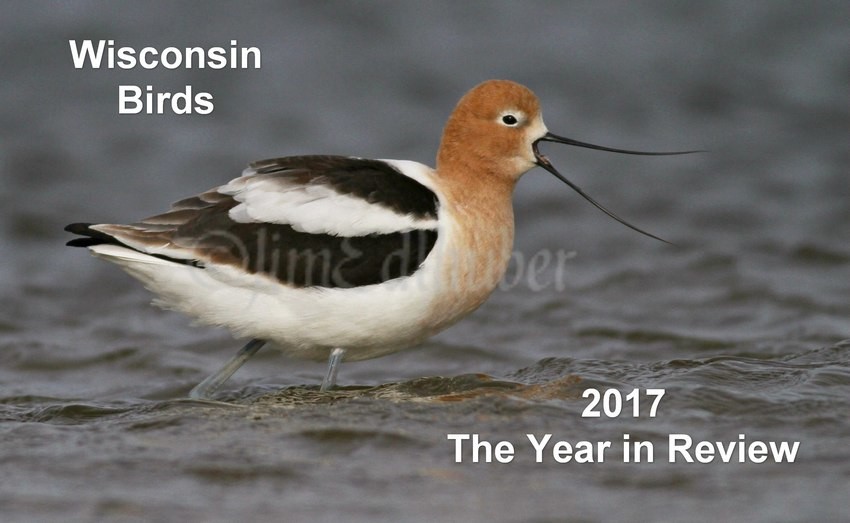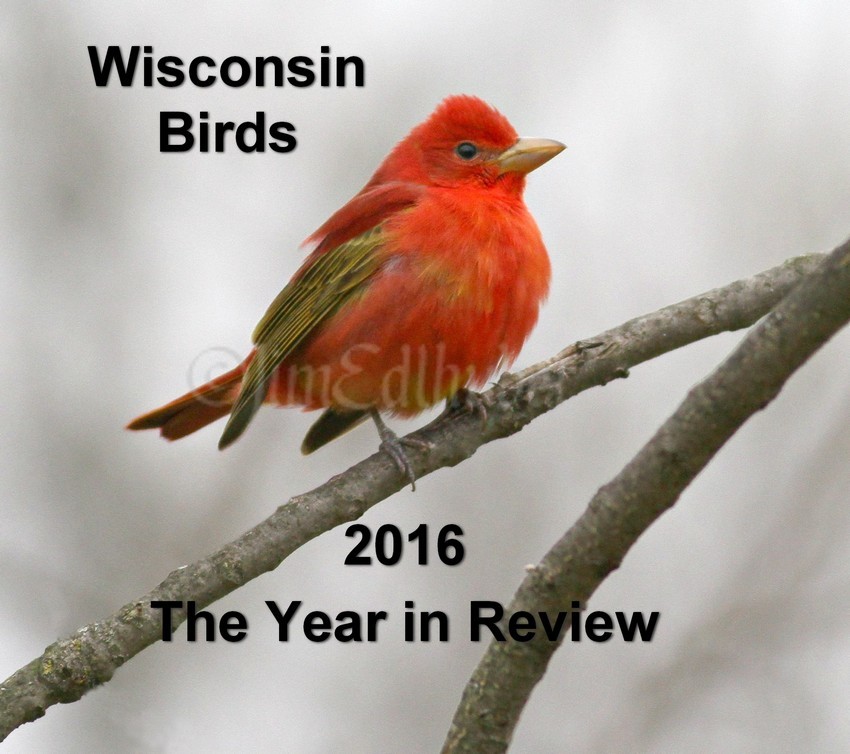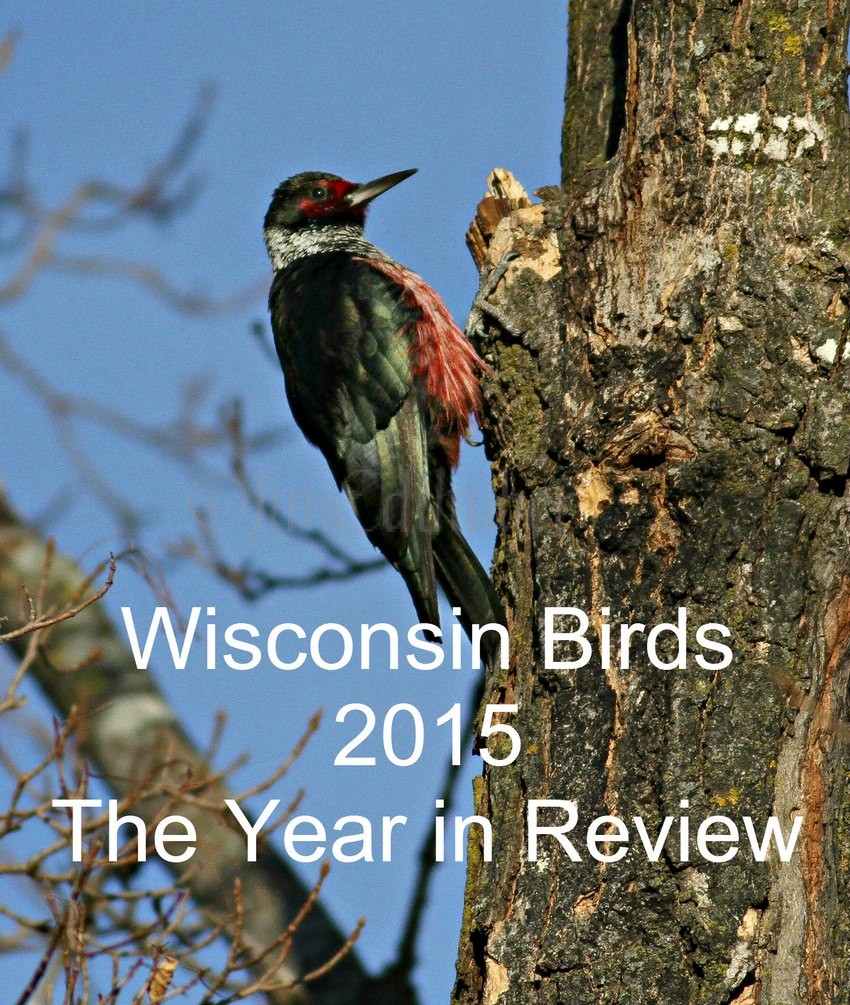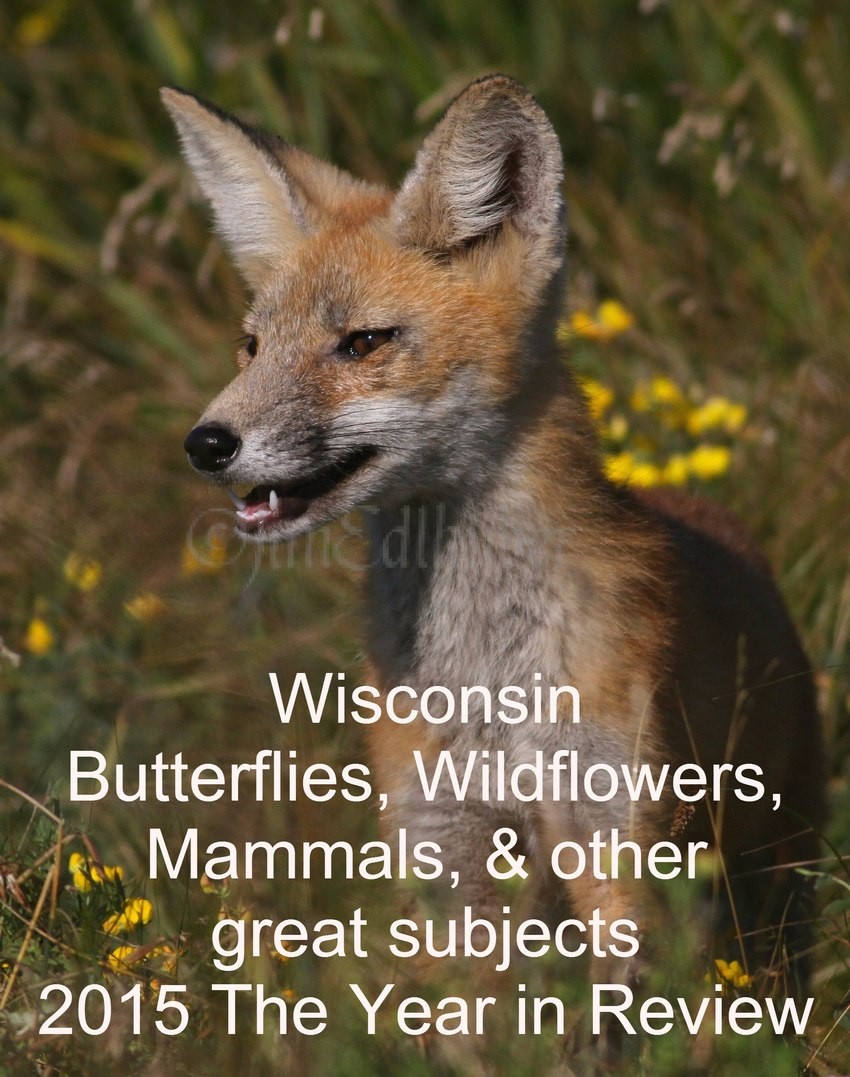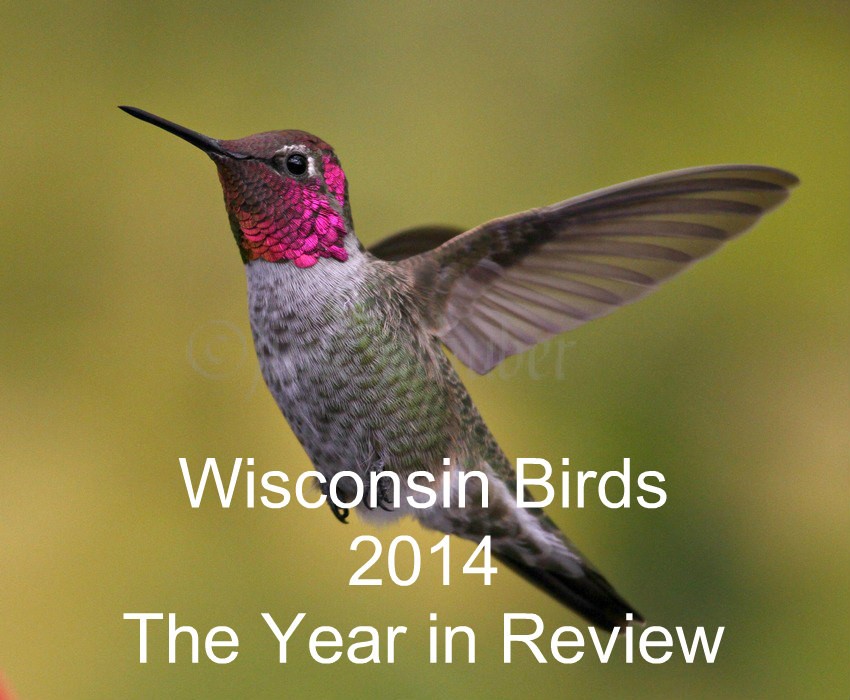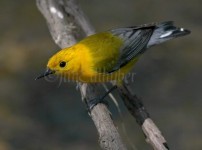
I did some birding at Wehr Nature Center today in hopes to do well on Warblers. A couple of years ago this place did very well and I thought I would give it a shot. The stream area was really birdie when I arrived around 11:00 am. Warbler species present were Wilson’s, Chestnut-sided, Canada, American Redstart, Yellow-rumped, Yellow, and Common Yellowthroat. After about 30 minutes a warbler appeared and the striking color on this bird shocked me! I knew it was not a warbler that I had ever saw before. It did not take me but a few seconds to realize it was a Prothonotary Warbler with that bright golden-yellow head. The way the bird foraged along the stream bank waters edge feeding almost off the top of the water from branch to branch confirmed my ID thoughts. It left the area I was at and returned 3 more times in the 2 hours I was there. It was an exciting time getting this uncommon visitor to this part of the state finally on my life list!
Prothonotary Warbler
Binomial name: Protonotaria citrea
Category: Wood-Warblers
Size: 5.5” long, 8.5” wingspan
Weight: 0.56 oz.
Habitat: Breed in wooded swamps, lake or pond edges, woody streams and wooded river bottoms. Breeding habitat range is the southern US from east Texas to the east coast, north in southern Wisconsin. This species winters in parts of West Indies, Central and South America.
Diet: Forages along low vegetation, dead wood and stumps on rivers, streams, swamps, lakes and ponds. They feed on insects, snails, butterflies, moths, flies, beetles, mayflies and spiders annually found on logs, branches, tree trunks and on the ground. After the breeding season they have been also known to eat seed, fruit and nectar.
Nesting: The male locates at least one cavity in a tree, sometimes digging their own in a tree 3 to 10 feet from the ground, but most often woodpecker holes are used. They can be found over water. Nest boxes are also used along with and artificial cavities such as cans, jars, pipes, etc. The male puts moss inside the nest cavities and the female finishes the foundation construction with materials of more moss and liverwort. While finishing the nest construction the male protects the female. The nest cup is constructed of grape plants, rootlets, plant down and some of the materials it is lined with are grasses, sedges, leaves bark material, tendrils and sometimes even fishing line has been used. Size of the nest cup is approximately 2” wide. Typically 3-7 whitish brown spotted eggs are laid and both adults tend to feed the young after incubation of 12 days by the female.
Cool facts: On occasion the Prothonotary Warbler will visit hummingbird feeders for nectar. The male will set up fake nest holes and display in front of them, this is not fully understood.

